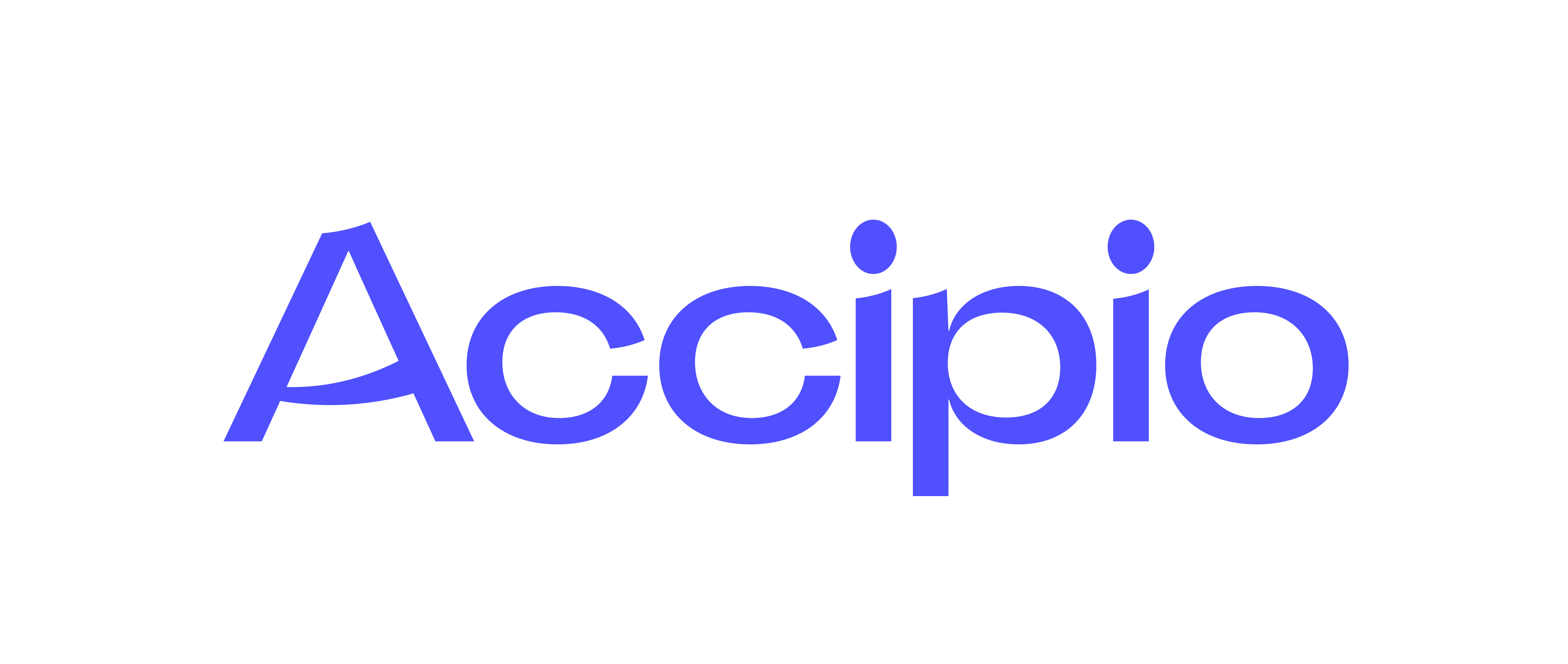12 Apr The 6 Thinking Hats
The 6 Thinking Hats methodology for solving problems, developed by Edward De Bono, is often used by teams to tackle complex organisational problems. The idea behind it is that different responsibilities are given to different individuals in order to bring different perspectives for how to solve a specific problem. A different (metaphorical) hat, which determines individual responsibilities, is distributed to each team member. Below we have explained the responsibilities of each hat and how they work together to deliver a final solution.
The blue hat, arguably the most important throughout the process, is in charge of ‘guiding and controlling’ the problem solving strategy. This individual decides when to move on from each stage and which hat to refer to when issues arise. They are the facilitator of the group and are expected to take control if the group loses direction.
The white hat is responsible for ‘information gathering’. This firstly includes defining the exact problem and then collecting information to support the analysis of the problem. This may include financial data, consumer behaviour trends or specifics as to why the problem is occurring. Their role is not to generate a solution from their findings but simply collect this information and clearly present it back to the group.
The red hat focuses on ‘gut reactions and feelings’. This is a good way to clear the air in terms of what the problem is and possible directions to take. They will generally express their initial opinion on why the problem is occurring and a possible solution for it. It is rare this solution will be the final decision made by the group but it is useful to float initial ideas to get the group thinking about a possible end solution.
The white and red hats, with guidance from the blue, hat start off the process and it is then up to the blue hat to decide which of the three remaining hats to call upon to build on their work.
The yellow hat is responsible for ‘identifying the good things’ that have so far been discussed. This may be to develop a point previously made into a realisable solution to the problem.
The black hat is expected to produce ‘critical thinking’ on what has been discussed. This is to reveal any possible errors in what has already been discussed. This is important as often solutions that had already been accepted may have some fatal flaws that had not been recognised.
Finally, the green hat is responsible for ‘generating new and creative ideas’. This can help to redirect the discussion towards solutions to the problem that hadn’t previously been considered.
The idea of the 6 Thinking Hats method is to ensure all tasks are completed, as each individual is responsible for one, and to make the problem solving process as efficient as possible. Each hat should be distributed to the team member most suited to its role, in order to maximise performance.
De Bono, Edward. (1985). Six Thinking Hats. Mamaroneck, N.Y.: International Centre for Creative Thinking, 1985. Print.

